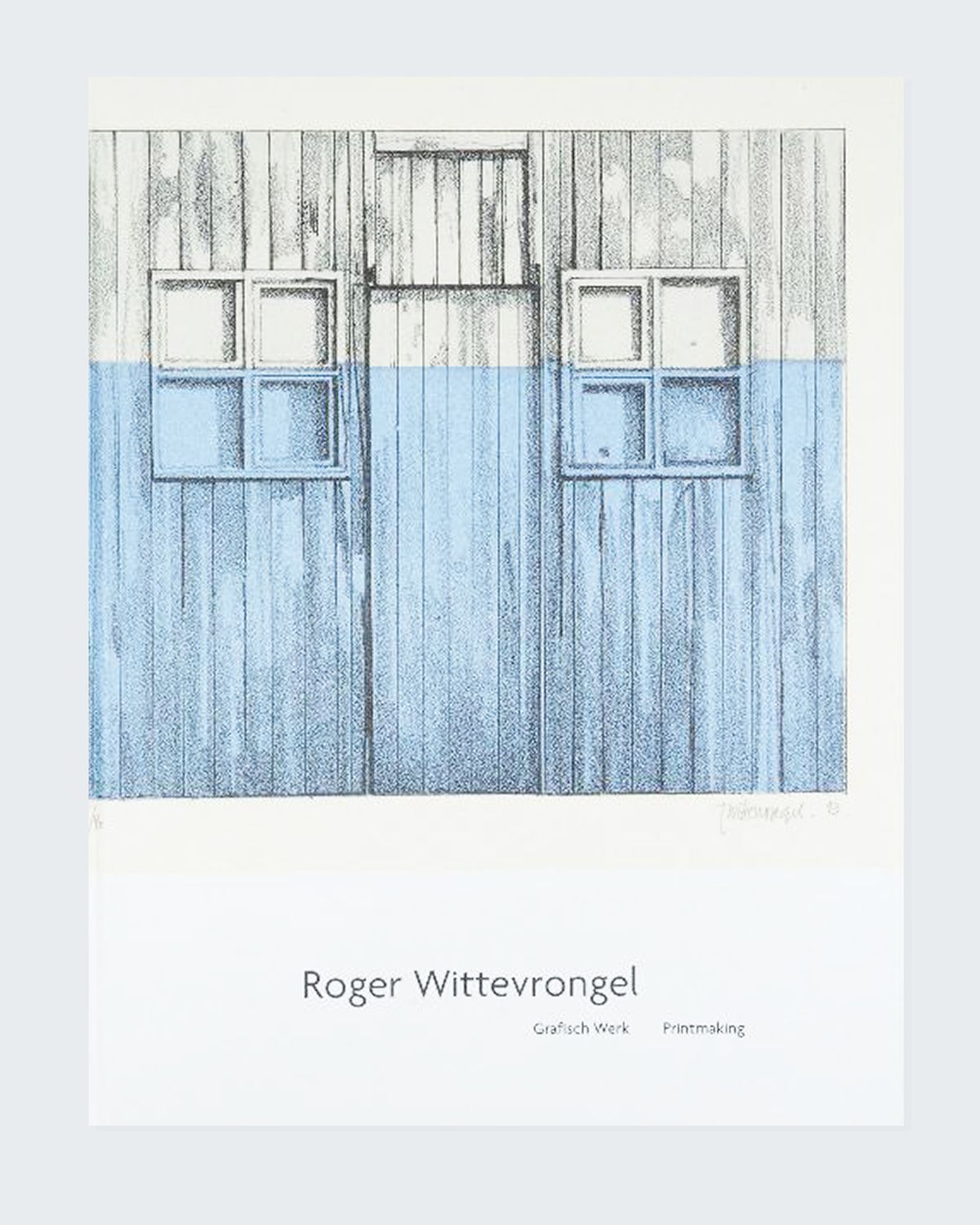Roger Wittevrongel - Grafisch Werk - Printmaking
Roger Wittevrongel is commonly considered an exponent of hyperrealism, a style of painting typical of the 20th-century American and European art that typically takes photographs as its source material. Axiomatic in that art movement is the clear and instant recognisability of what is painted, next to the immense impact of photography in the way reality is perceived. By completely eliminating all signifying context, Wittevrongel manages magically to disappear and thus to steer clear of all moralizing comments and of social commitment issues. What Wittevrongel intends to create is an autonomous world of forms in which the ever-deceitful interplay between reality and its depiction is utterly bracketed out.
For Wittevrongel, it is the paltry and the spare, at times even wretchedly banal, that receive full attention. What hits the retina is what you get. Rathprophilous obsession with dung-eating and ordure-gathering, there is the stronger than the anatomist's dissecting quests for comprehensiveness or the coprophilous obsession with dung-eating or ordure-gathering, there is the strong and patent conviction that poetry resides, not in lofty thought and deep sentiment, but in the exiguous details of everyday life which we had often rather not see.
Roger Wittevrongel is a Belgian artist born in Blankenberge in 1933. He is a painter, draughtsman, watercolourist, and graphic artist. He is known as a representative of hyperrealism. Wittevrongel trained in Ghent, where he combined his studies at the Royal Academy of Fine Arts (1953-1956) with teacher training in plastic arts at the State School (1954-1956) under the direction of Octave Landuyt. He received entries at the Jeune Peinture Belge Prize in 1958, 1960, 1962, and 1963. Initially, he was influenced by O. Landuyt and surrealism. His first canvases depicted skeletons, monstrous figures, wings, and birds' heads. He evolved towards an almost photographically precise rendering of reality and eventually became one of the main representatives of hyperrealism in Belgium. Initially, he was inspired by the most mundane subjects, such as car wrecks and discarded materials, but soon women became his main source of inspiration, alongside themes such as street scenes, weathered gates, and walls.
Editing and sequencing: Roger Wittevrongel & Annie Naskyd
Design: Annie Naskyd
160 pages
24 x 31 cm
Language: English, Dutch
Texts by: Roger Wittevrongel, Frans Boenders, Ernest Van Buynder
Publication date: April 2023
ISBN:9789464002270
